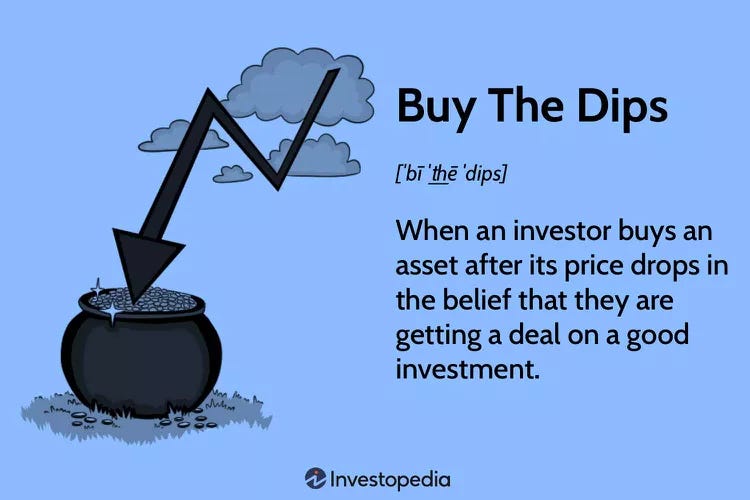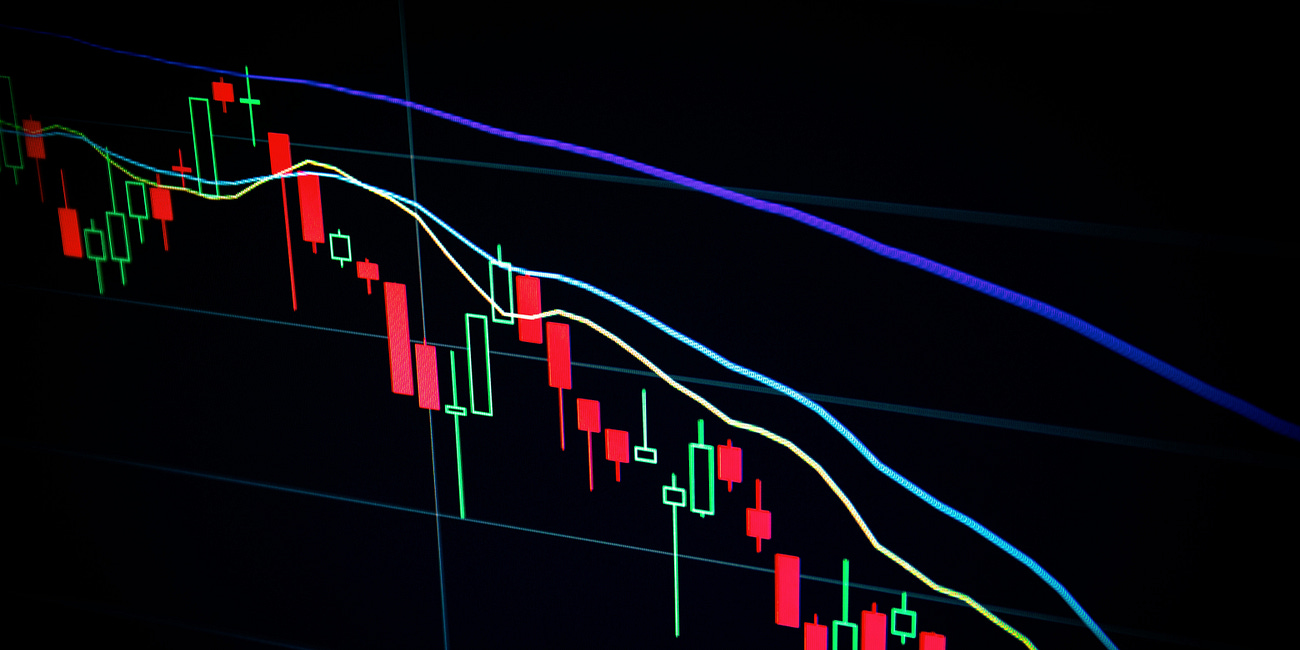
Parker’s first lesson in stock-market investing was a tried-and-true formula.
Buy low and sell high.
Hey, why complicate it?
We’ve all heard the phrase. It’s such a basic concept that my daughter could comprehend it back when she was 8.
“Investing is like a roller coaster, you said, where it goes up and down,” Parker told me on episode one of the Money Talks podcast. “And don’t get so scared when it’s down low, like, ‘No, don’t take out your money!’”
Keep that same energy, P.
Because that’s the blueprint for building our family’s wealth.
You might ask, ‘How do I know when a stock is low?’
There are a couple of ways. First, I need you to learn fundamental analysis. That is when you determine the intrinsic value of a stock based on a company’s financial statements. Next, learn technical analysis. That is when you use a stock’s trends and movement patterns to identify potential trading opportunities.
Being proficient in both strategies will give you additional insights and allow you to trade with greater confidence.
There’s a third method that I love because it requires less time, attention and energy.
Generally speaking, it’s called “buying the dip.” All that means is buying additional shares after a stock’s price has fallen.
Kenan Grace, a shrewd investor and social media influencer I’ve learned a lot from, recently posted an excellent breakdown of the strategy to his YouTube channel.
You should always have cash available so that you’re in position to buy the dip.
Legendary investor Warren Buffett famously said his company’s goal is to “be fearful when others are greedy and to be greedy only when others are fearful.”
Be on the lookout for two types of dips:
Pullbacks: A pullback is a brief decline in a stock’s price of less than 10% from the most recent highs. A pullback generally lasts only a few days.
Corrections: A correction is any dip that is 10% or greater from a stock price’s most recent highs. Corrections can last weeks or several months.
But that doesn’t mean you should hold out only for dips. Each month, you should be dollar-cost averaging, like we do with your VYM fund. It’s how we regularly build your portfolio regardless of what the market is doing.
Buying the dip also should only be used for blue-chip companies and index funds that you’ve done your due diligence on and anticipate will rebound.
My advice is to leave the penny stocks alone. They’re cheap for a reason.
But when the calendar flips to September each year, you should anticipate a good dip-buying opportunity. Historically, it’s the worst-performing month.
In other words, it’s a great time to get greedy.









Much like with stock picking, timing the market is generally bad for ones financial health and I stay away. I put in a purchase order of my index funds at the start of every month and don't pay any attention to the daily or monthly fluctuations of the market. Any advantage I might see has likely been arbitraged away by hedge funds and professional traders anyways.
Buying the dip sounds great in theory, but when do you buy? How do you know if the dip is over? What taxes are you incurring by doing all this trading? And probably most importantly to me, what gains are you missing out on by keeping your money on the sidelines waiting for the right time?
Nick Maggiulli has a great personal finance book called Just Keep Buying that dives into a lot of nitty gritty investing stuff, I recommend it. He has a whole chapter on why you shouldn't buy the dip.